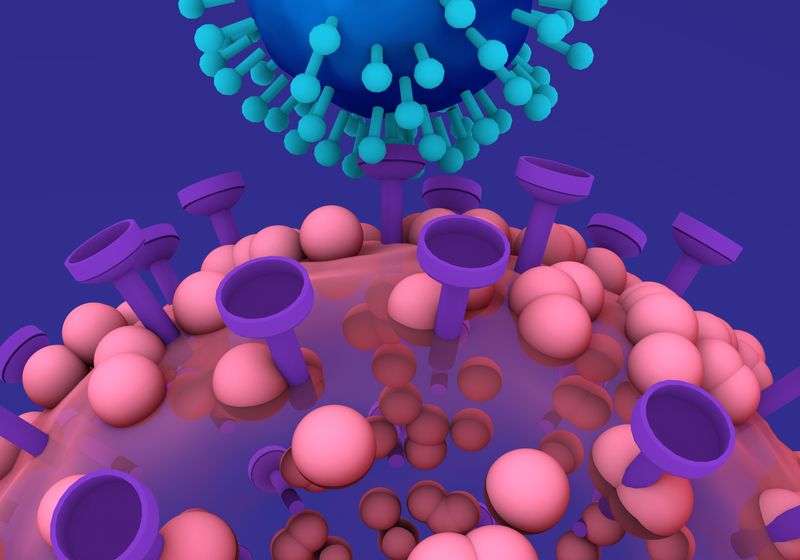Researchers revealed how HIV integrase assembles to integrate DNA into the genome and package RNA.
HIV is a lifelong infection that, without proper antiviral treatment, will kill cells of the immune system and leave individuals susceptible to infections and cancers. The longevity of this virus comes from its ability to integrate into the host genome with the help of the HIV protein integrase. Recently, researchers showed that integrase also binds HIV’s RNA during virion assembly, further highlighting the importance of this enzyme.1
To exert these functions, individual integrase proteins coordinate into multimers. Prior research suggests that they assemble into tetramers and then into a 16-mer structure called the intasome.2-4 However, these suspected structures have not been confirmed in HIV. Because of the crucial role of integrase in HIV infection, many researchers are exploring inhibitors against this protein. Understanding its three-dimensional arrangements could aid these efforts.
Dmitry Lyumkis, a structural biologist at Salk Institute for Biological Studies, and his team used cryo-electron microscopy (cryo-EM) to reveal the structure of HIV integrase assemblies when they were bound to either DNA or RNA.5 The findings, published in Nature Communications, can help researchers further explore integrase’s interactions with RNA and develop better HIV therapeutics.
“We’ve created the first blueprints for integrase’s structure during these crucial steps in HIV replication,” said Zelin Shan, a postdoctoral researcher in Lyumkis’s group and study coauthor in a press statement. “Now we can use those blueprints to design new drugs that suit this structure and disrupt the destructive HIV-1 invasion and replication process.”
To express and isolate integrase tetramers, the researchers stabilized these structures with a host protein domain that binds them during viral DNA integration. Using cryo-EM, the team showed that the tetramer has two-fold symmetry and that the C-terminal domains of the individual integrase proteins hold the structure together through interactions between linkers, other C-terminal domains, and with N-terminal domains.
The researchers then studied the formation of the intasome. They used a commercial integrase inhibitor to stabilize this structure and then cryo-EM to create a composite map of the complete intasome. They showed that four tetramers interact to form a 16-mer structure, in which connections between domains similar to those observed for the individual tetramers stabilize the intasome.
Finally, the researchers investigated how stabilizing interactions between the domains promoted the formation of these assemblies and the role of integrase. They identified a salt bridge—hydrogen bond between two residues of opposite charge—between amino acids in the N- and C-terminal domains. When they mutated these sites to amino acids with the opposite charge, they saw reductions or complete abolition of the integrase tetramerization. This correlated with a decrease in the protein’s ability to promote DNA integration and RNA binding.
Lyumkis said that researchers are continuing to explore these more recently observed functions involving RNA of integrase. “Determining how integrase interacts with RNA will help us better understand this new role and inform the design of novel and more effective HIV therapeutics,” Lyumkis said in the press release.

